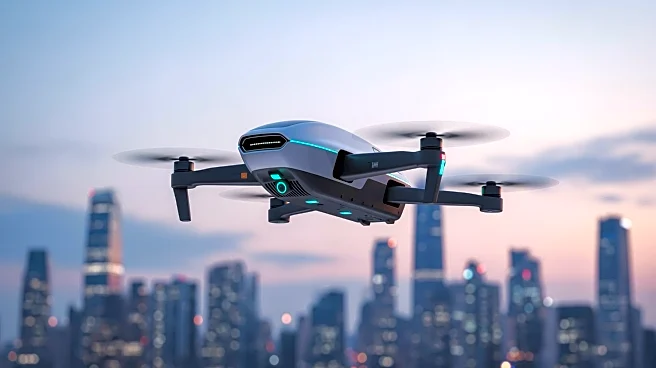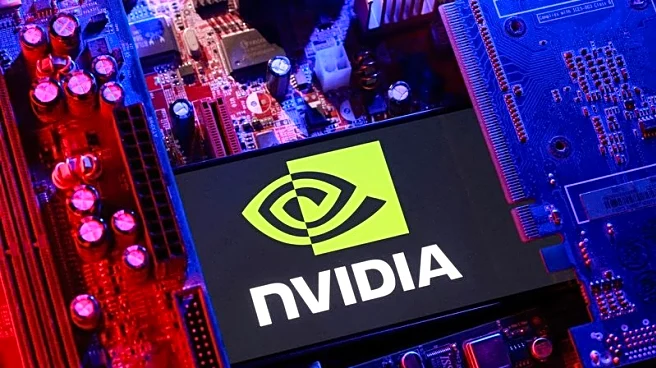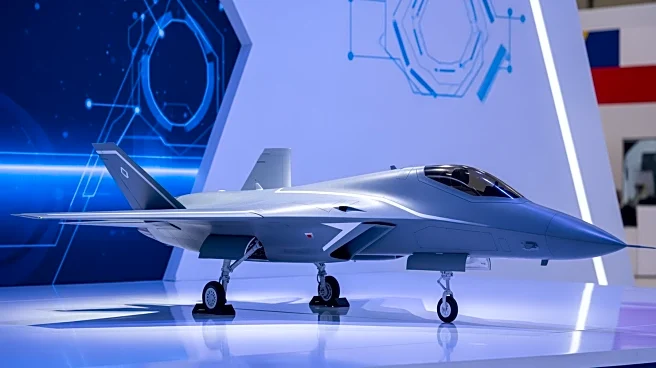What's Happening?
Anduril Industries has announced the successful first flight of its YFQ-44A collaborative combat aircraft (CCA), marking a significant milestone in the development of semi-autonomous flight technology.
The flight, which took place in late October 2025, was conducted without a human operator actively controlling the aircraft, although an operator supervised the flight and initiated it with the press of a button. The aircraft executed its flight path and landed autonomously, showcasing its ability to manage flight control and throttle adjustments independently. This development comes 556 days after the project began, with rapid progress attributed to focused scheduling, collaboration with customers, and a simplified vehicle design. The YFQ-44A is designed to operate semi-autonomously, with all taxi and flight tests planned to continue in this manner.
Why It's Important?
The successful semi-autonomous flight of Anduril's YFQ-44A CCA represents a significant advancement in military aviation technology, potentially transforming how combat aircraft are operated. By integrating autonomy into early testing phases, Anduril aims to tackle the challenges of autonomous flight head-on, accelerating the learning process and delivering capabilities faster. This development could lead to more efficient and safer operations in combat scenarios, reducing the need for human pilots and minimizing risks associated with human error. The technology also promises to enhance mission planning and execution, offering strategic advantages in defense operations.
What's Next?
As Anduril continues to develop the YFQ-44A, further semi-autonomous flight tests are expected, focusing on refining software performance and reliability. The company plans to integrate autonomy into all ground and flight tests, aiming to accelerate the delivery of this capability. Stakeholders, including military and defense agencies, will likely monitor these developments closely, considering potential applications in various defense scenarios. The success of these tests could influence future procurement decisions and strategic planning within the defense sector.
Beyond the Headlines
The integration of semi-autonomous technology in combat aircraft raises important ethical and legal considerations, particularly regarding the role of human oversight in military operations. As technology advances, discussions around the balance between autonomy and human control will become increasingly relevant, potentially influencing policy and regulatory frameworks in defense technology.












